There is a broad variety of types of paper on the market that are adapted to specific applications or the target industry. Each type has specific properties in terms of composition, production and handling. It is important to be familiar with each one of them before choosing the material for a project. To provide some guidance in this choice, this article provides an overview of the most common papers on the market.
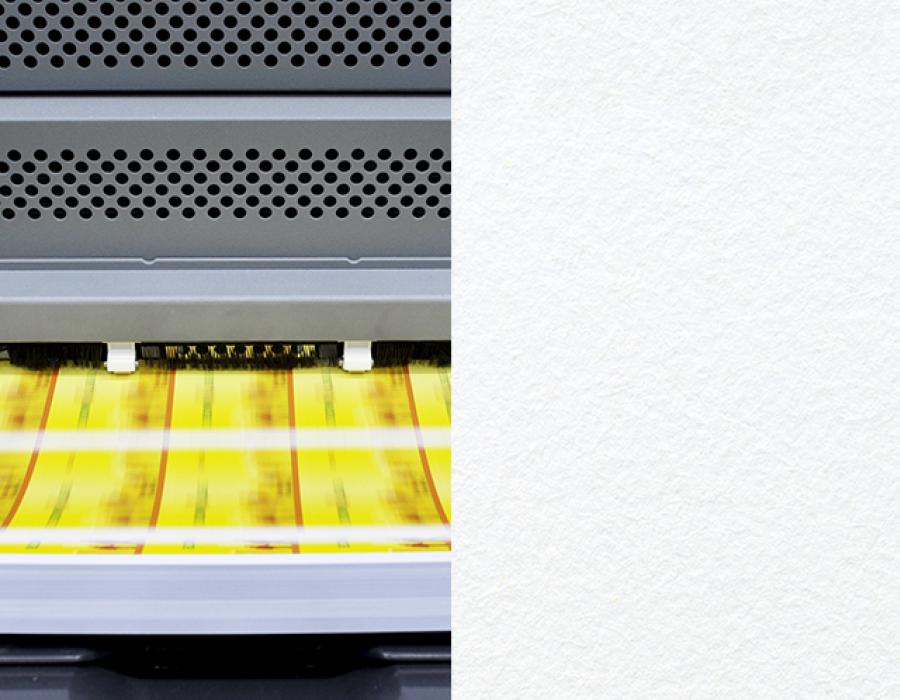
Repro paper
Also called offset or printing paper. It is one of the most common papers on the market and is manufactured in large quantities. Generally speaking, these sheets are made with a small amount of cellulose and a great deal of filler, which facilitates printing, their main application. The most common grammages range from 70 to 90, although they can be as high as 100 grams. Manufacturers seek the greatest possible degree of whiteness for this material, largely obtained with the help of fillers. On the other hand, since it is used for applications that do not require a great deal of handling it is only strong enough to go through the printer or to be folded.
The evolution in the manufacture of this material has led pulp factories to be integrated into paper factories to reduce costs, with the entire process being conducted in the same facility. The paper is normally produced in 9 to 10-metre-wide runs at a speed of 2000 metres per minute.
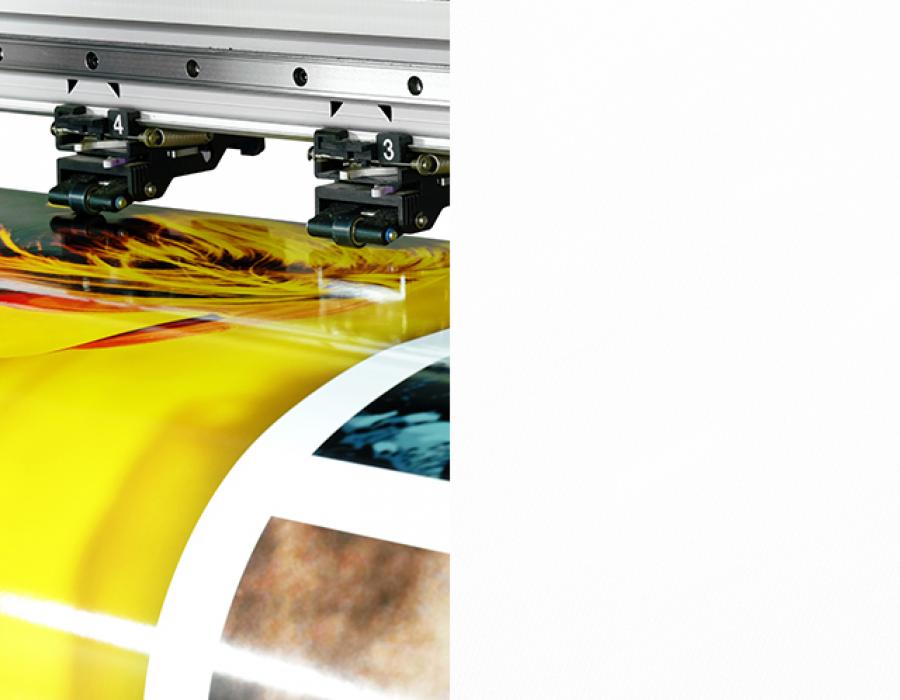
Couché or coated paper
Coated paper is manufactured with more short than long fibre, and the filler is joined to the fibre by means of a binding agent, which may be synthetic or natural (normally calcium carbonate). A coated layer is applied to the cellulose, yielding better printing and resolution results (on account of the higher screens). This is because the ink remains on the surface, and consequently the post-printing result is shinier and more colourful.
The most common option is white coated paper, because if the coating cracks, the background colour is not apparent (although the colour difference will be noticeable in colour coatings). There is the matte or semi-matte finish, also involving the application of surface ink, although in this case the ink is less shinier.
In terms of strength, the high amount of fibre and short fibre makes it quite low, as opposed to the high printing quality. Production runs are normally between 7 and 8 metres wide in the machine, with speeds of up to 1000 metres a minute.

Tissue paper
This material is highly absorbent and soft. Its water resistance will depend on the subtype in question: paper used to manufacture handkerchiefs or napkins must withstand liquids to prevent them from falling apart when used, whereas paper used for napkins must dissolve easily. To achieve this, different treatments are applied during the manufacturing process and they are normally produced with virgin fibre.
Coloured tissue paper is made with a mass-dyed process. Prints and reliefs are applied off-line once the paper has left the machine. This paper is normally made in rolls with a width of 4 metres that is subsequently cut to order at a maximum speed of 2000 metres a minute.
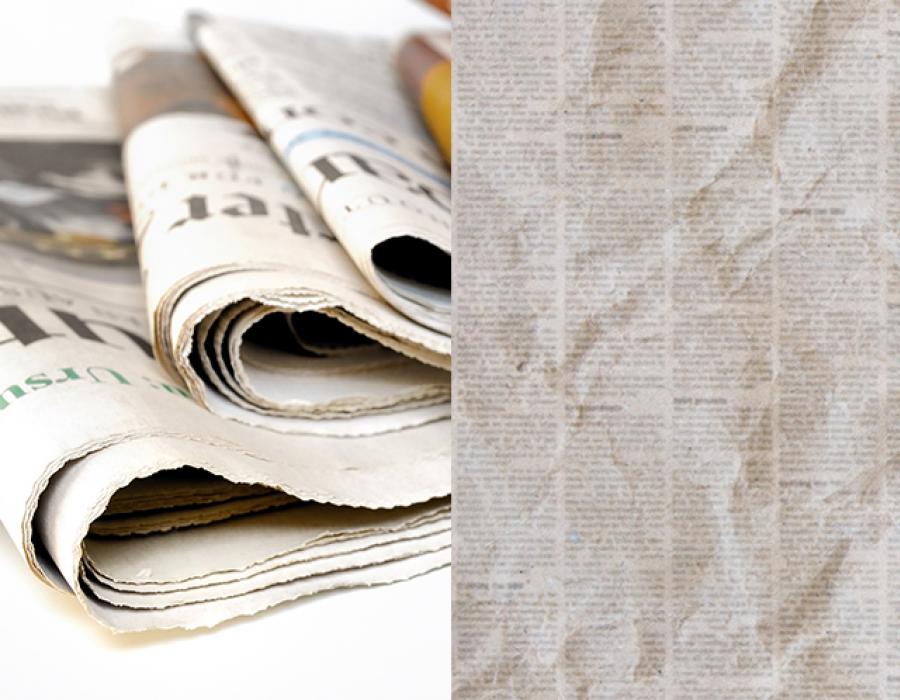
Newsprint
Newsprint paper, as its name implies, is used to print newspapers. Its life-cycle is short, normally one day, for obvious reasons. For this reason, material quality does not need be high and the paper is manufactured with mechanical pulp containing residue, as the paper does not need to be white. It is rarely coloured, although if it is the colour is applied by means of mass-dying.
On account of this low quality, ink finishes are precarious (this is noticeable, for example, in the printing of low-resolution photographs or in the ink, which has a dull finish). The paper’s mechanical properties are also virtually non-existent, having the basic strength needed for the reader to turn the pages of the newspaper without tearing them.
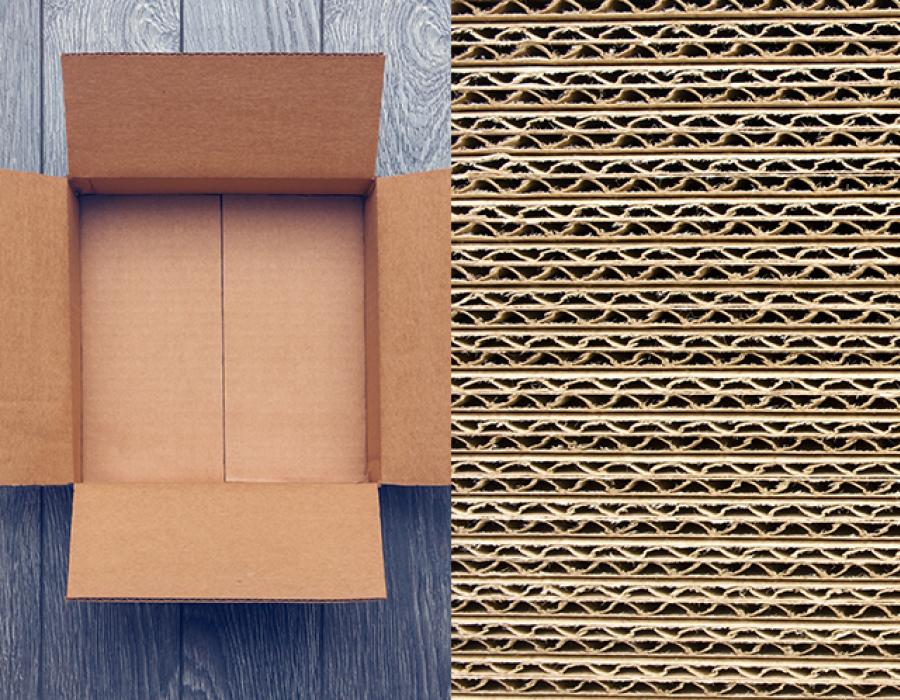
Cardboard
Cardboard is a product made with paper, although this is not always evident on account of its thickness. It is made with raw, unbleached wood pulp, leading it to maintain its original brown colour. As appearance is not a concern, it is normally made with recycled material. Cardboard is comprised of three layers of paper, two smooth outer layers and a corrugated inner layer, the latter providing it with its characteristic strength. In terms of mechanical properties, the corrugated layer makes the material strong, although on the other hand it is not suitable for printing, since it may get crushed depending on the pressure applied to it.
One subgroup inside the cardboards is Kraft paper, made of a single layer of paper. It is used for thinner packing, since it is easy to handle and also to adapt to the specific product to be wrapped.
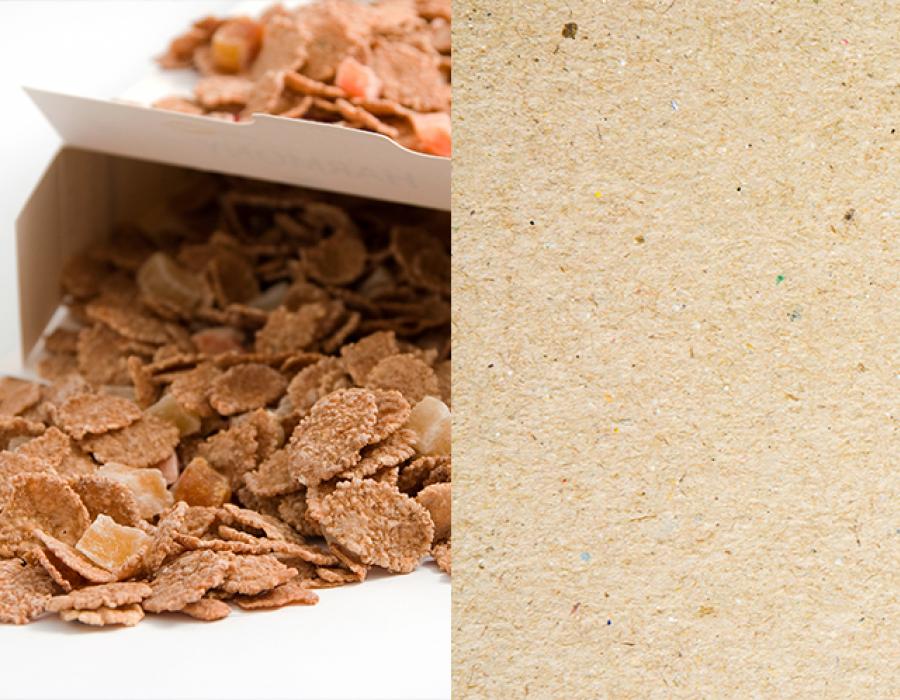
Paperboard
This material is used to make most food containers, such as cereal or biscuit packaging. Paperboards are made of very short fibres which are not usually virgin fibres, since the inner layer does not need to be white. As a rule, it has a coated layer that serves as a printable surface and also to guarantee the appearance of the external and visible side to make the product attractive to consumers. Grammage will vary depending on the target industry or the specific application or product. In terms of mechanical characteristics, it must be strong enough to withstand the product being opened and closed until it is no longer used.
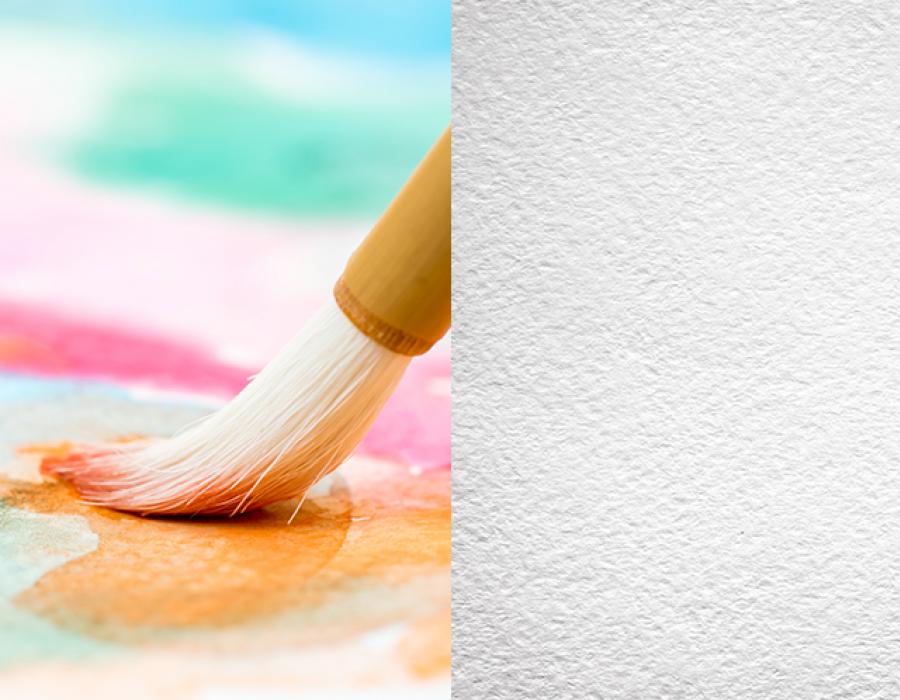
Fine art paper
Fine arts paper must have different technical and functional characteristics depending on the artistic technique. This material was devised as a more economical option to canvases: in fact, some of these papers actually featured excellent characteristics and can withstand almost a Century without turning yellow. In actual fact, between 1920 and 1930, Guarro Casas turned its hand to the manufacture of special papers for works by Picasso, Miró, Dalí and García Lorca.
